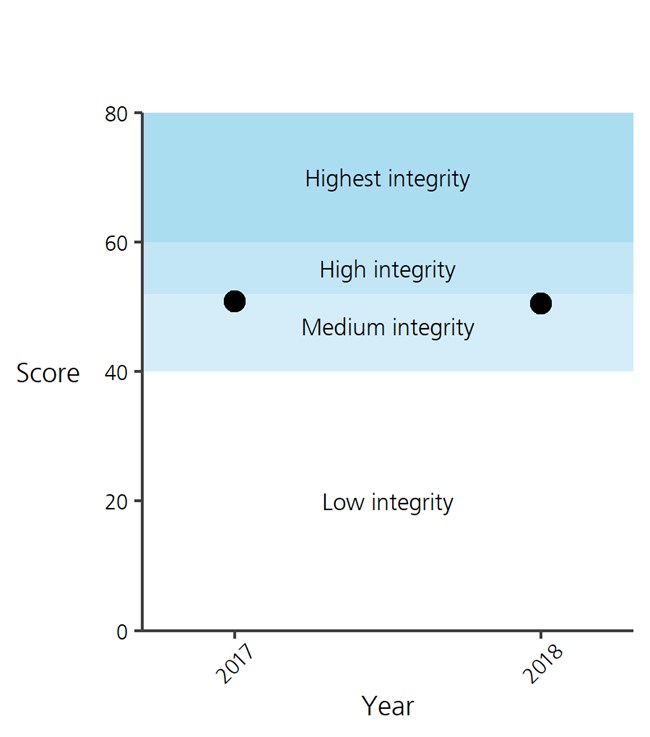Last updated: June 10, 2021
Article
Breeding bird monitoring at Petersburg National Battlefield: 2019 status and trends

American goldfinch by Enoch Leung
Highlights
- During the summer of 2017-2018, park seasonal staff conducted a total of 107 surveys at 36 monitoring sites
- Several species of regional conservation concern were documented in relatively high numbers, including eastern wood-pewees, wood thrushes, and yellow-billed cuckoos.
- Forest bird community index scores suggest moderate ecological health of park forest bird communities.

Introduction
Scientists of the National Park Service’s Mid-Atlantic Network work with park staff and skilled local volunteers to monitor bird populations in national parks across the mid-Atlantic region. The information gathered is used to improve our understanding of the relationships between breeding birds, available habitats, and park resource management. The goal of the program is to develop the best available science so national parks can better understand and protect their resources. This brief provides a summary of breeding bird monitoring results for Petersburg National Battlefield for 2017–2018.During the summers of 2017 and 2018, park seasonal staff conducted a total of 107 surveys at 36 monitoring sites. During a survey, staff documented every bird heard or seen over a ten minute period. Sites in both forest and grassland habitat were visited multiple times during the breeding season.
For years, the park has been working to increase the acreage of native warm-season grasses to benefit birds. Results from 2017–2018 show that some grassland associated birds, like eastern meadowlarks — a regional species of conservation concern — are present but remain very rare (see Species of Regional Concern, below).
Species of Regional Concern
The Partners in Flight Program is a network of organizations involved in bird conservation in the Western Hemisphere. This program has identified a number of bird species that are declining and facing increasing threats across the mid-Atlantic region. These birds are of particular interest to park managers, and nine species of regional concern were observed during 2017-2018 bird monitoring.
| Common name | Number of observations |
|---|---|
| Eastern wood-pewee | 71 |
| Wood thrush | 22 |
| Yelow-billed cuckoo | 16 |
| Northern flicker | 9 |
| Eastern towhee | 5 |
| Common yellowthroat | 4 |
| Eastern kingbird | 2 |
| Field sparrow | 2 |
| Eastern meadowlark | 1 |

Grassland Monitoring
Eastern bluebirds, tufted titmice, and American robins were the three most common birds observed in grasslands at the park during 2017–2018 (Figure 1). All of these species are relatively abundant and widespread across the region. Continued and improved management of warm-season grass meadows should support an increase in grassland dependent species that are currently very rare at the park, like grasshopper sparrows (not observed during 2017–2018 monitoring).

Forest Monitoring
The three most abundant birds in forested monitoring sites during 2017–2018 were the tufted titmouse, the red-eyed vireo, and the Acadian flycatcher (Figure 2). The eastern wood-peewee and the wood thrush were also relatively abundant and both of these species are of regional conservation concern. Wood thrushes depend on mature forest ecosystems. Given the increasing urbanization occurring around the park, high wood thrush abundance shows the importance of park forests for local bird populations.

Forest Bird Community Index
Scientists can study the abundance of all the bird species in an area to determine the overall health of the bird community. The forest bird community index score (O’Connell et al., 2000) for the park shows that the forest bird community is moderately healthy (i.e. has “medium integrity”; Figure 3). Continued management for mature forest habitat should help maintain or increase this score. That said, given the fragmented nature of park land holdings, conservation of mature forests on surrounding private lands may be important for the long-term persistence of Petersburg National Battlefield forest bird communities.Click here for a printable pdf of this article.
